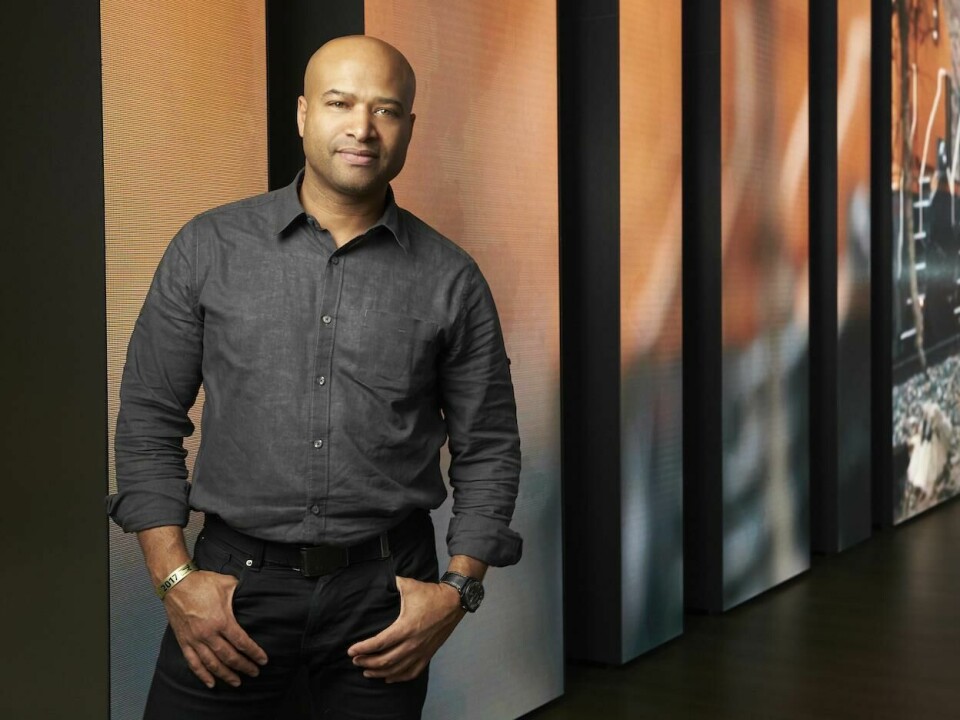
Interview: Ralph Gilles, chief design officer, Stellantis
Stellantis’ chief design officer Ralph Gilles speaks to Car Design News about his mentor Tom Gale, tinkering with Giugaro-designed sciroccos and doing ’Kung Fu with the finance guys”
Ralph Gilles is the chief design officer for Chrysler, Dodge, Jeep, Ram, Maserati, and the Fiat Latin America brands, which all fall under the Stellantis umbrella. Gilles joined Chrysler’s design department in 1992, and was appointed vice president of interior design for Jeep truck and specialty vehicles in 2006. Among his best-known projects are the Chrysler 300 and the SRT Viper. Gilles spoke to CDN editor James McLachlan at the recent Car Design Dialogues North America virtual event.
Car Design News: You’ve mentioned Tom Gale as being a mentor in the past, and I wondered if you could share a little bit about what you learned from him.
Ralph Gilles: Tom was a fascinating person in the way that he had an engineering degree, a business degree, and a design degree. So, he was really a triple threat. I observed him handling engineers like no designer ever could because he often knew their subject better than they did. He was the father of the 20-inch wheel on the Ram truck, which set the market alight – he would go to battle and get cab forward proportions on the pick-ups. For the first eight years of my career, I just watched him in action. Right around his retirement, I reached out to him and said, “Hey, could you mentor me?”
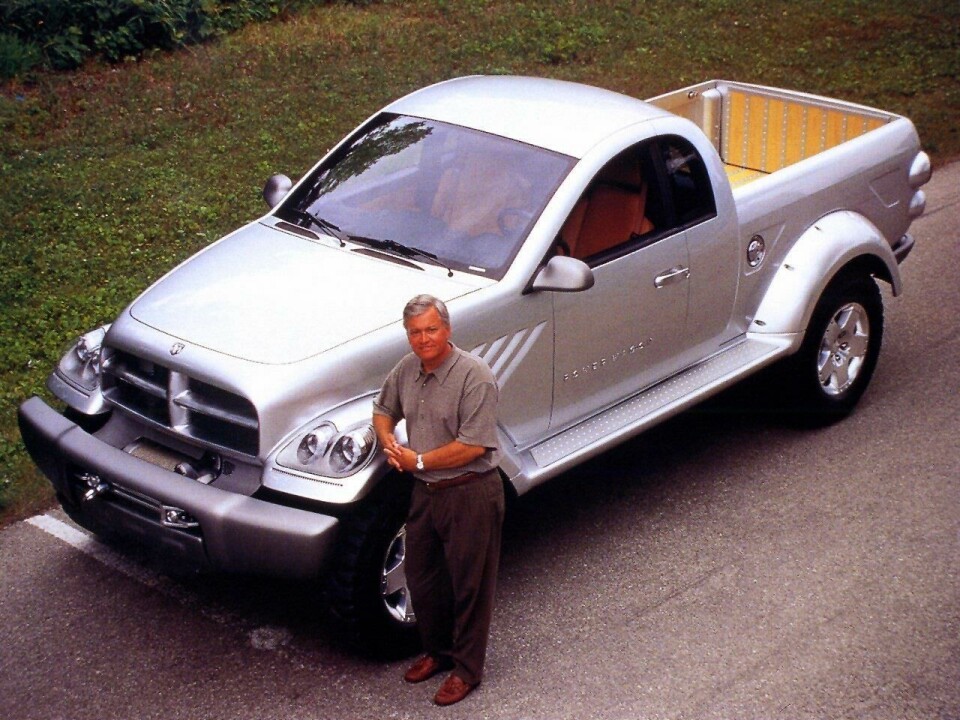
He taught me not to accept the status quo every single time. No matter what the brief may be, as a designer you’re allowed to offer a counter brief, a different theme maybe that’s further reaching. The people that write briefs tend to look at the current market and do some benchmarking, whereas designers, we’re visualisers, right? We can imagine maybe 10 years into the future, sometimes further than that – especially if you have the right adult beverage around.
Does a business degree pollute your mind as a creative? I think it allows me to do Kung Fu with the finance guys
Gale spoke through concepts. The Viper concept is what got me interested in the company in the first place back in 1989. I saw the Viper show car and the Chrysler Lamborghini Portofino – it was really an onslaught of concepts. And he was really good at guiding the company’s path. We’d show those cars at Pebble Beach and all the big shows, and it would keep that conversation going about the company. It was very, very cool.
RG: He also had a way of solving problems behind the scenes. So, I really have been trying to work on that – connecting with executives. It’s not something you naturally want to do, but you must do some homework, do some outreach and pave the way. So that was one of the great lessons from Tom Gale.
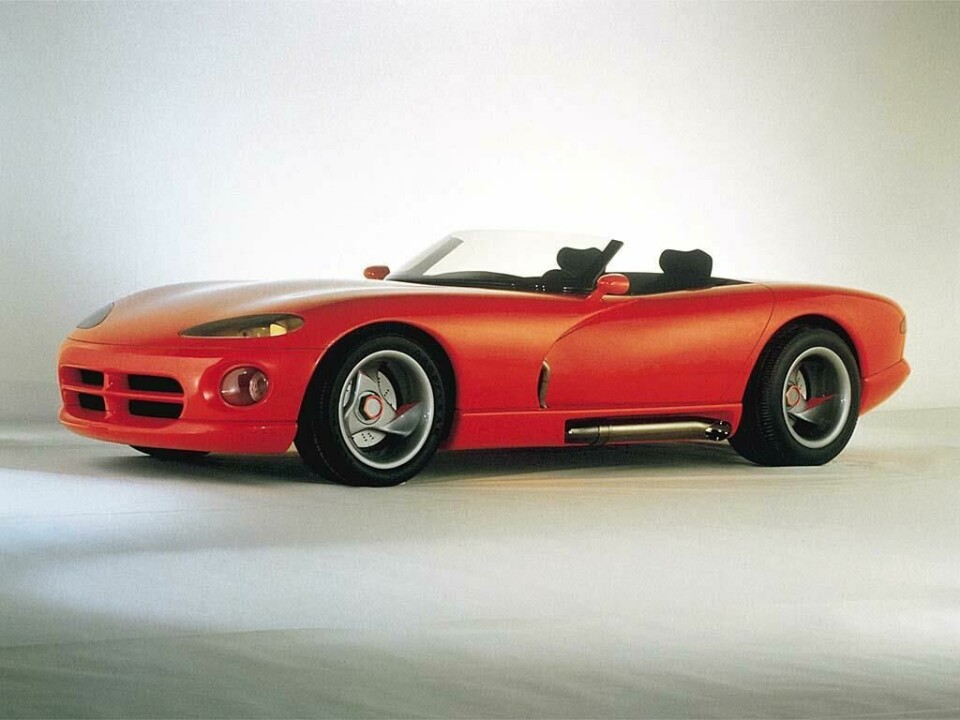
CDN: And you share a similarly multi-skilled background with Gale.
RG: Yeah, I would say it by default in engineering because I’ve always raced cars and tinkered. I was quite poor for a long time, so I had no choice but to service my own vehicles and I learned a lot about vehicle packaging, suspension…I’ve built several engines for my old Alfas, my old Volkswagens. The business degree was more of a promise to my father. He was concerned for me, as an immigrant child going to the US to get an art degree, whether that would be enough. So, I got my business degree in 2002. And some of my designers have done the same. There’s an argument, does it pollute your mind as a creative? I think it opens my mind and allows me to do Kung Fu with the finance guys.
CDN: Does this help explain your longevity within the company?
RG: In some way some people look at me with curiosity that I’ve been at this company for 30 years. When I hire young designers, they almost fall off their chair when they realise how long I’ve been here. I’m on CEO number nine. By sticking around, I kept climbing. And because of that, I’ve got an immense number of connections inside the company. I’m not a big believer in power for power’s sake, but knowing who to call when you need something goes a long way. And by being a steady part of the system, I can nurture the brands and create brand shepherds among the designers. When I go to Jeep, I take off my Dodge hat and I’m in Jeep land. It is not so much a job as a mission.
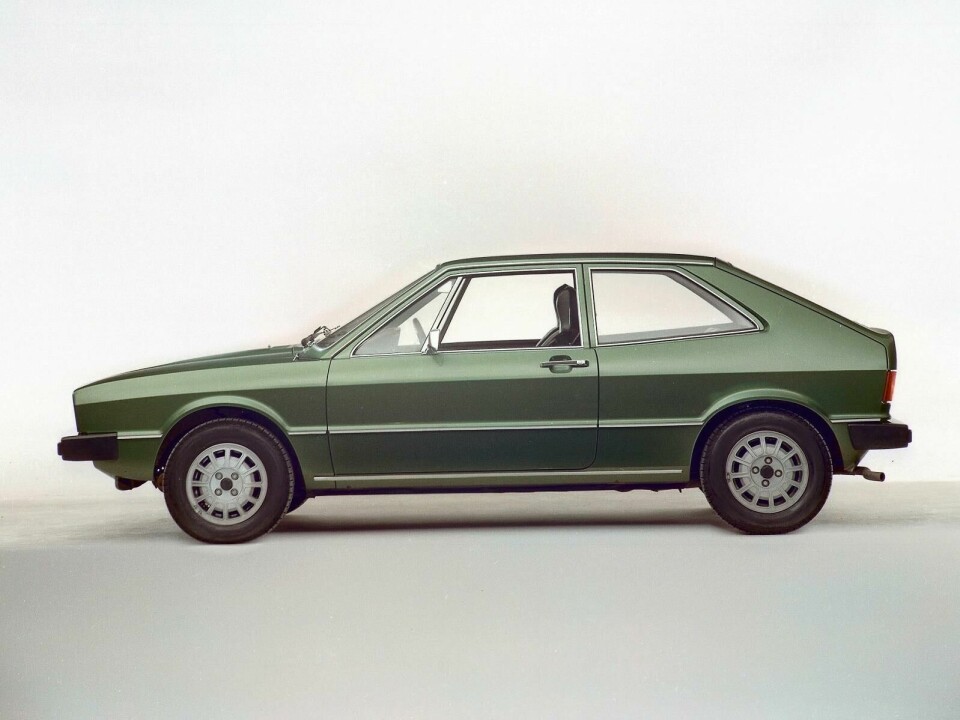
CDN: You’ve been a very strong advocate of diversity within the automotive world. What can that bring to a company?
RG: I’ve been head of our business resource group, the Stellantis African American Network Diaspora, inside the company for well over 10 years now. And what I found is, number one, it creates a friendly working environment. We noticed when we are successful at recruiting people of colour, we had a situation where they wouldn’t stay very long because they felt a little bit lost in the company. It wasn’t a question of acceptance; it was more just lost. It was a big difference from an all-Black college and then landing in a corporation.
The last thing we want to do is be a commodity car maker – that’s just not our game
Number one is understanding them, giving them a haven, listening to their needs and connecting them with executives. But what’s fascinating in the last couple of years, since the Black Lives Matter movement, our leadership is diving in and having coffee chats with the extended leadership of our resource group. And that has just advanced the cause. Because of that we have a Diversity and Inclusion office now that we didn’t have. And the head of the D&I office, Lottie Robertson, came from our group. It’s exactly what I hoped would happen.
CDN: Since you joined Chrysler in 1992, how has the company changed?
RG: Let’s be honest, the Chrysler company had a boom-and-bust type of dynamic for years. We had three crises: one in the late ’90s, another one in the 2000s and again in 2008. And since then, the mission was to fix the cars themselves – get our interiors to a level of irreproachability, get the designs to be appealing and have the brands stand for something. The Jeep brand went from about 300,000 units a year to 1.7 million a year around the world. It was really an American brand that was casually exported here and there, and now we’re truly global. We have five different plants for the Jeep Compass, for example.
We’re financially very stable, compared to where we were years ago, we can really start pushing and investing in the future. We’re building battery plants. We’re going to announce some great news in a couple of weeks here. Our scale now allows us to afford much better pricing, so we can really get the cars to the people. It’s one thing to make a $200,000 car, but it’s another thing to try to create meaningful vehicles for the masses.
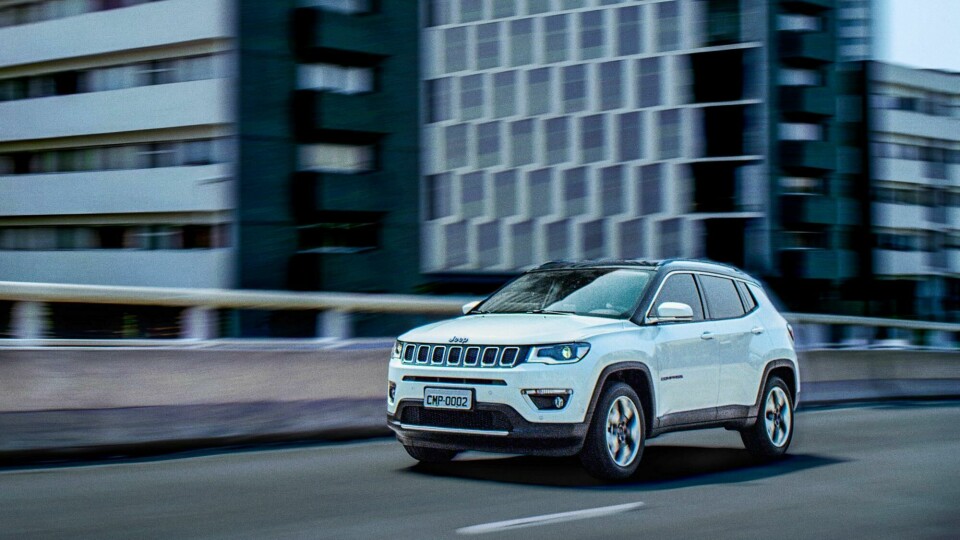
CDN: Jeep is a global product, but this is a very American product as well. So American automotive design still has this capacity to sort of move hearts and minds, in certain parts of the world?
RG: Absolutely. The last thing we want to do is be a commodity car maker – that’s just not our game. We’re focused on really staying true to what Jeep is. But at the same time adapting – we’re not just exporting the exact same American product. We have some brand-new products coming out next year for Jeep that are dedicated to the European market. The Renegade and Compass would not have existed had it not been for our connection with Fiat. They saw there was a gap, and Jeep has filled that gap beautifully.
In Latin America, Jeep is nearly number one in its segment. We have a plant in Pernambuco, Brazil. That didn’t exist seven, eight years ago. The plant in Brazil is in the middle of a sugarcane field. People who were in third-world level poverty, are now living in homes and going to school, and have their own hospital that we helped build. So, a lot of neat things have been happening around the world.
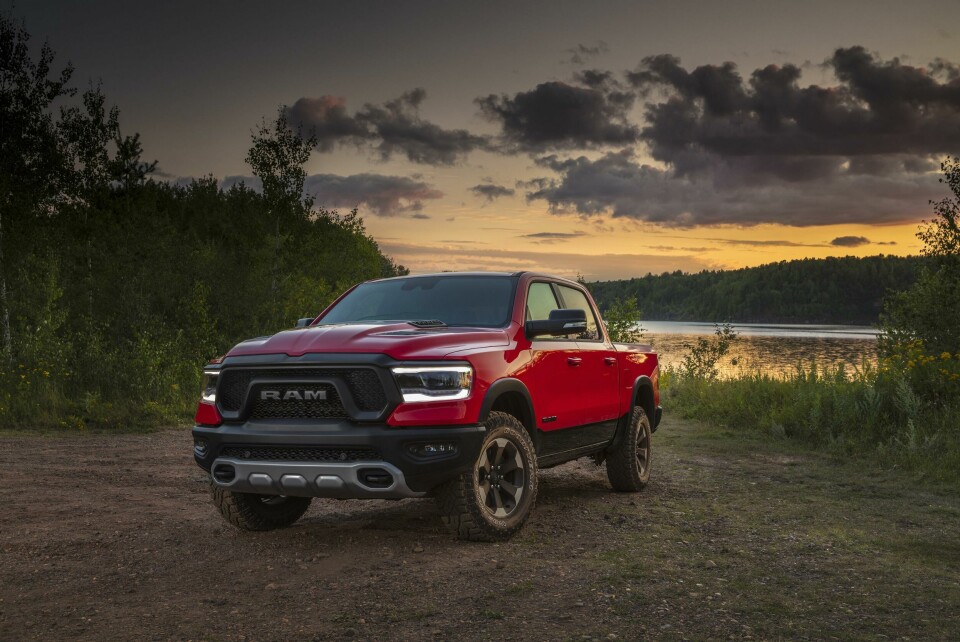
CDN: Stellantis is facing the same challenge that all the OEMs and that’s the move to electrification. How is the design strategy across multiple brands going to help sell this idea of electrification to the American public?
RG: With electrification, the market is only at about a 3% take up rate. We predict though, by 2025, that number is going to change and by the late 2020s, it’ll be closer to 40%. A lot of people are hedging either way. Regardless of what it is, we have to be tastemakers. We’re not necessarily rushing the market right now, we’re studying the market very carefully. Just this year alone, we’re developing seven electrified vehicles simultaneously. The reason we’re doing it together is because we’re working on a new platform called STLA Large. It’s an outstanding platform and we’re having a field day.
The most desirable electric cars tend to be out of the reach of the average person. So once again, we’re not listening to the noise, we’re really focused on creating real cars that people can afford, that have phenomenal range, that don’t sacrifice anything. I love the Tesla, but to me it would be a third car or even a second car. The average person needs a car to go see their in-laws or travel cross country at an affordable price; that’s a puzzle we’d love to solve. So the problem-solving aspect is well upon us, but trying to make them succinct for every brand and desirable from the get-go, not an excuse, “I’m not buying it because I have to or I’m told to, I’m buying it because I want to.” I think once the infrastructure is there, you’ll see the acceptance rate go in quantum leaps.



